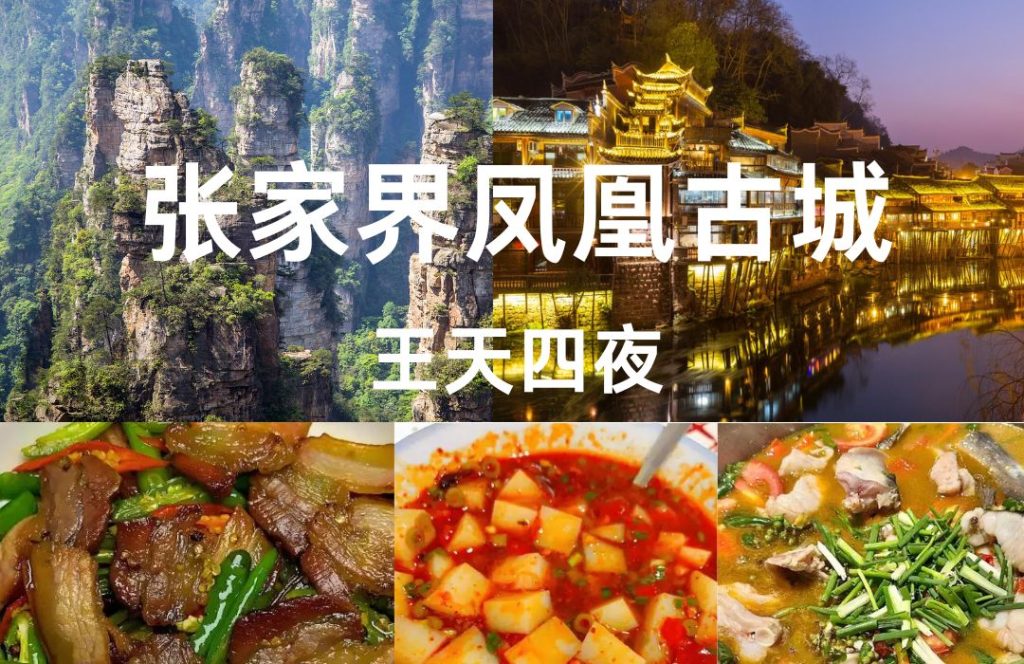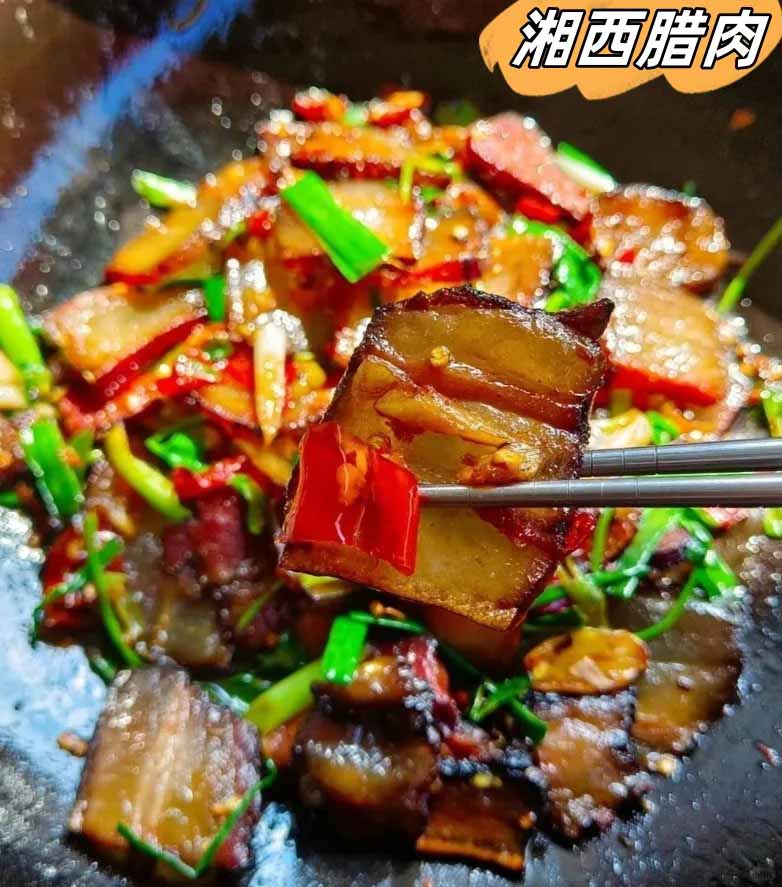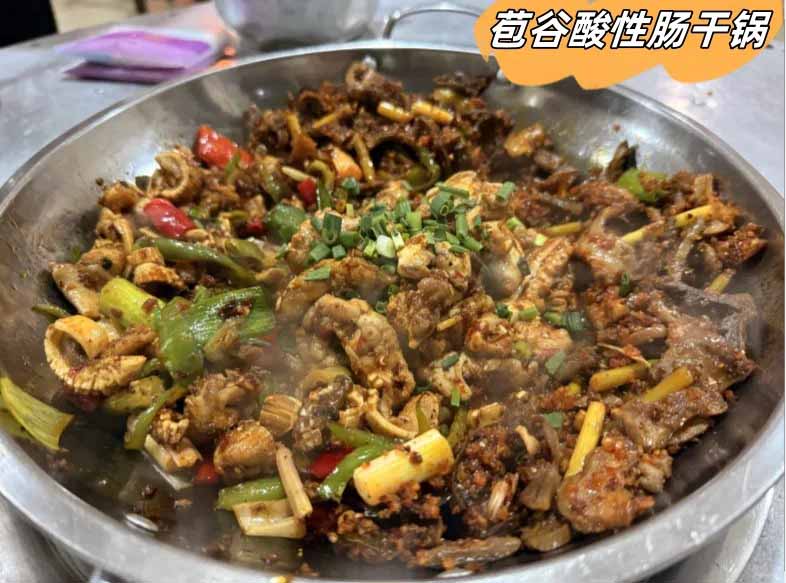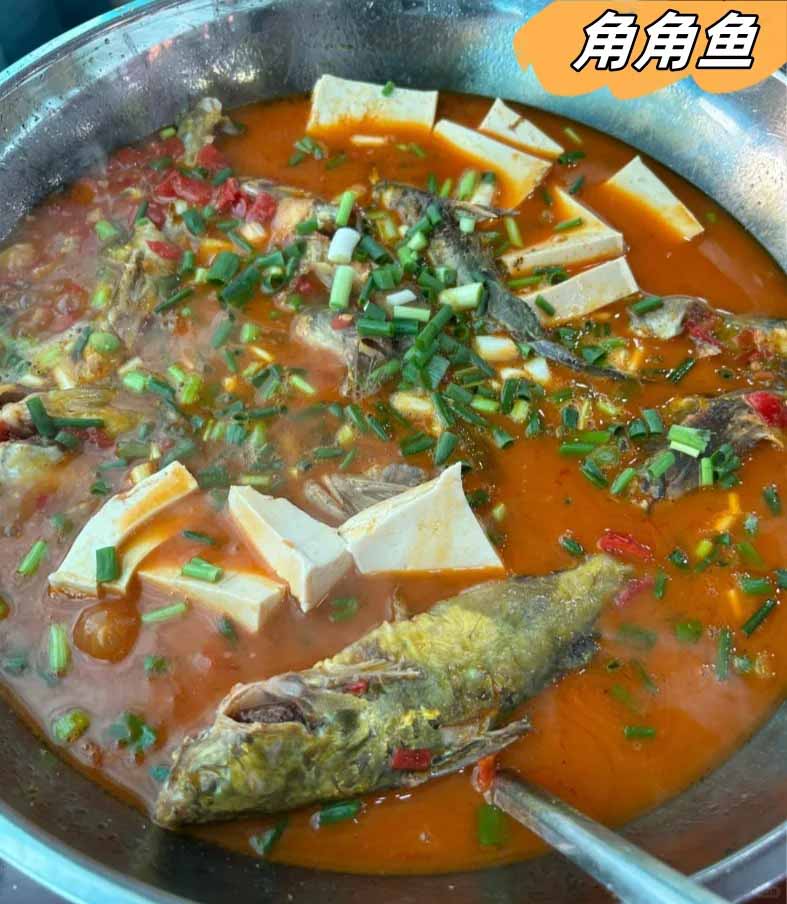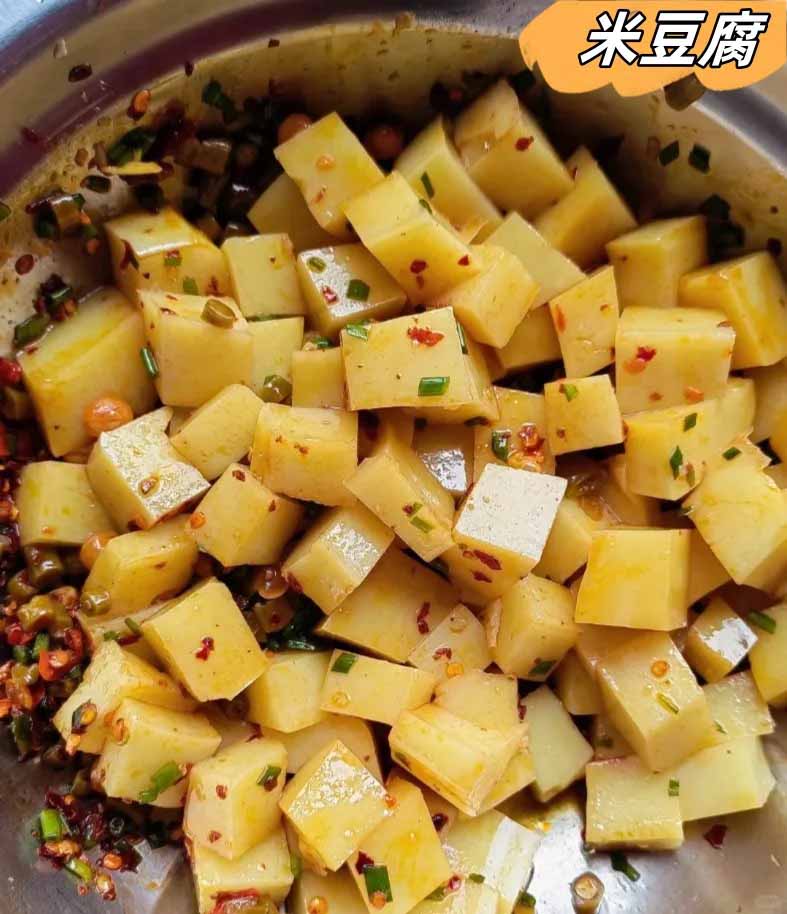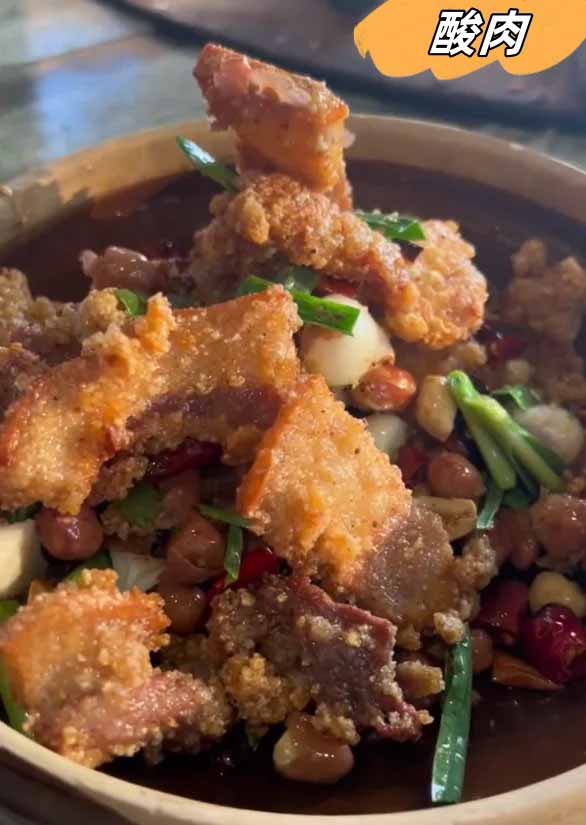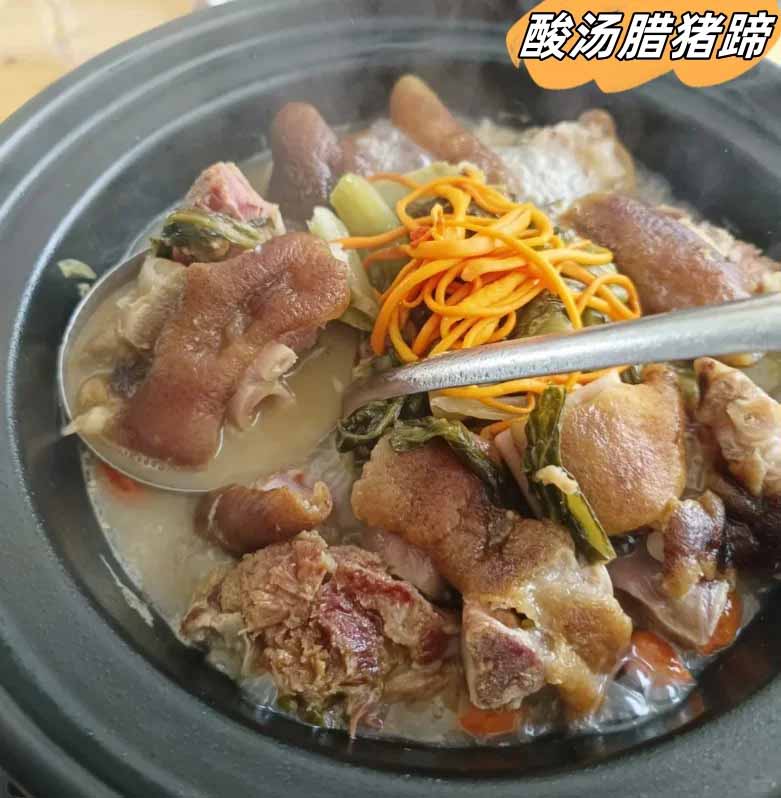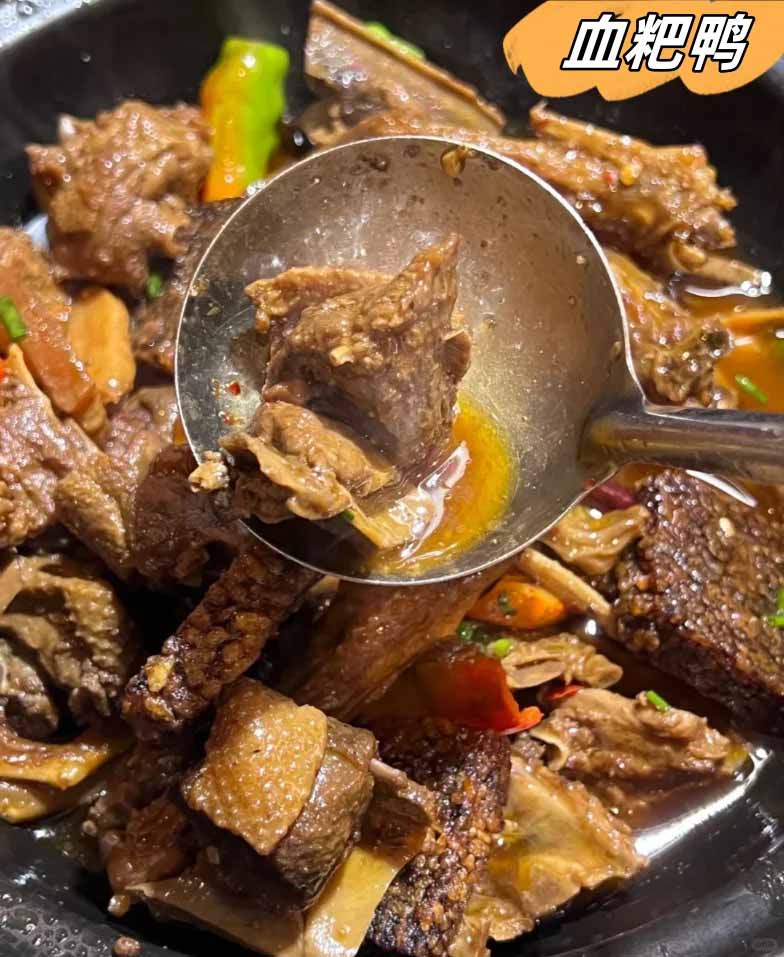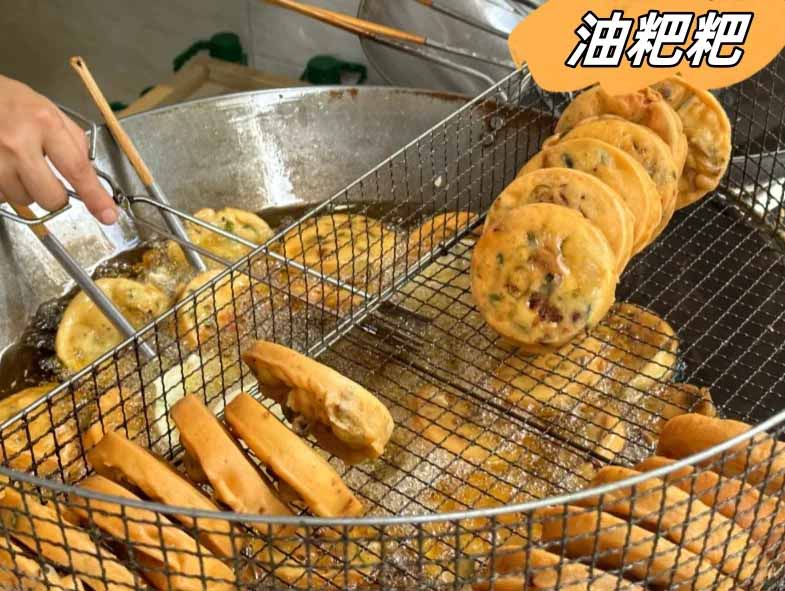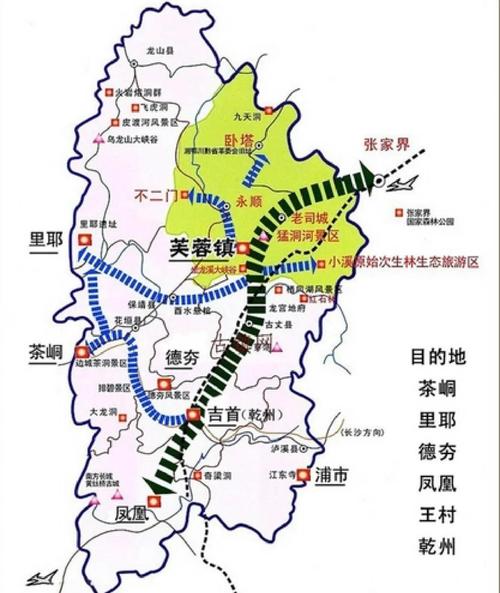This is the Border Town described by Shen Congwen, a homeland where stilt houses nestle amidst misty clouds. Strolling through Fenghuang Ancient Town, the Tuo River flows like a ribbon. Gentle nightfall bathes the water in lantern light, whispering centuries of tranquility and poetry. Ascending Furong Town, waterfalls cascade through the village, suspended between sheer cliffs like a Milky Way spilling to earth. Venture deep into Miao villages where ancient ballads echo through drum towers, silver ornaments jingling like a thousand-year migration epic. Explore Dehang Miao Village—a deep, untamed gorge where every brick and tile embodies nature’s wildness and life’s resilience.
Western Hunan(or Chinese Xiangxi), with its green mountains as bones and emerald waters as soul, its Miao songs and native dialects as melody, paints a vast ink-wash scroll hidden deep within the Wuling Mountains. Here, every weathered stone slab bears the imprint of time, and every wisp of rising smoke carries the rich nostalgia of cured pork—a poetic sanctuary untouched by clamor, waiting for you to listen to the whispers of its landscapes and people.
Tourist Attractions
- Fenghuang Ancient Town: The Past and Present of the Pearl of Western Hunan
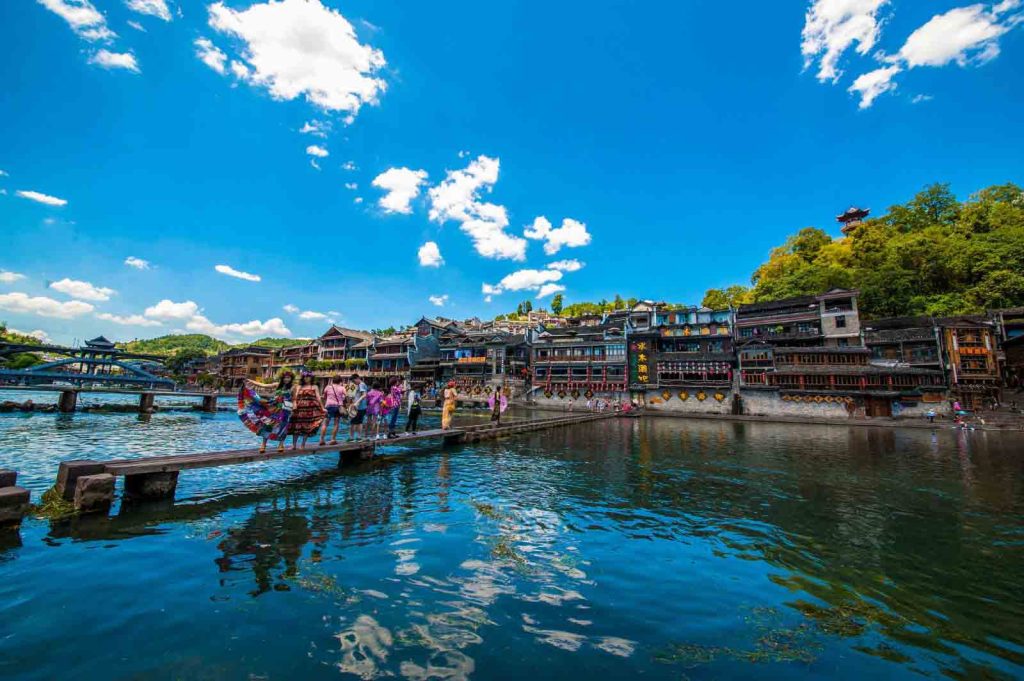
- Chadong Ancient Town: The Border Town in Shen Congwen’s writings
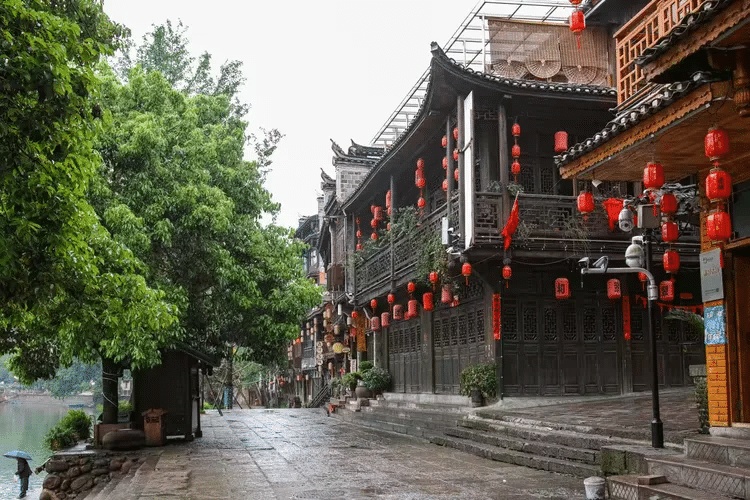
- The ancient city of Qianzhou
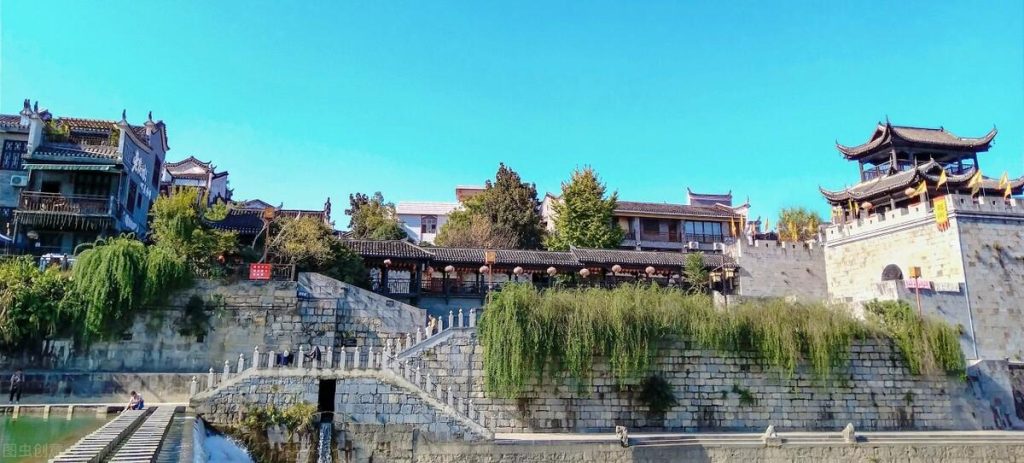
- The Ancient City of Qianyang
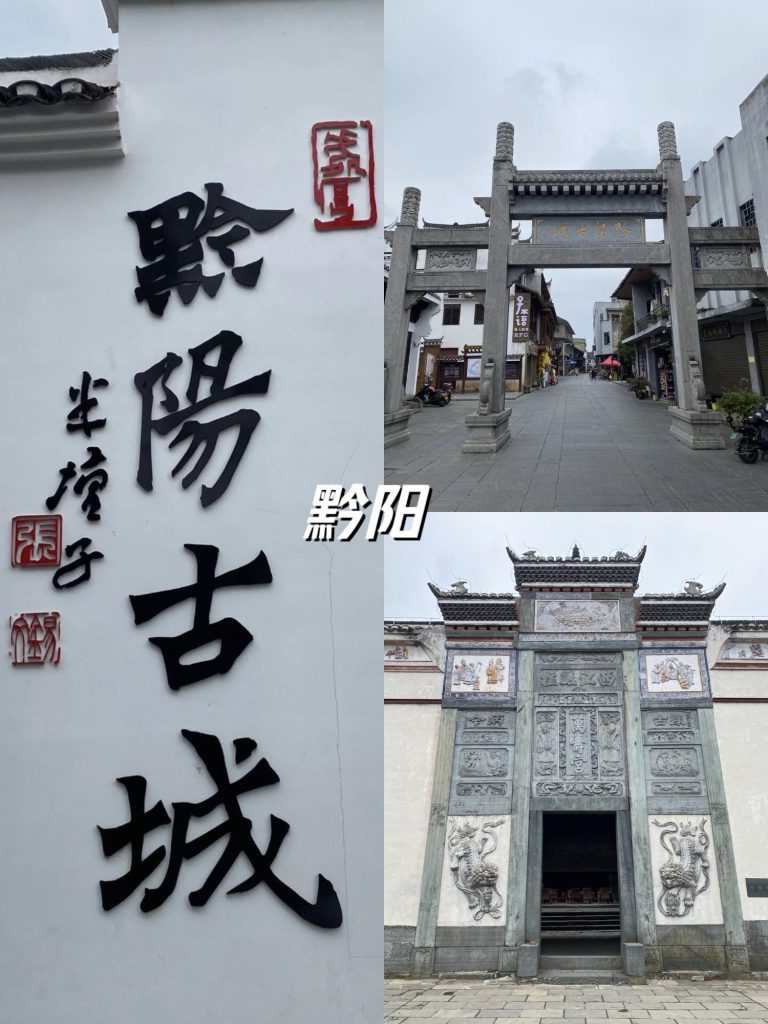
- Morong Miaozhai, Western Hunan (Moronggu Town)
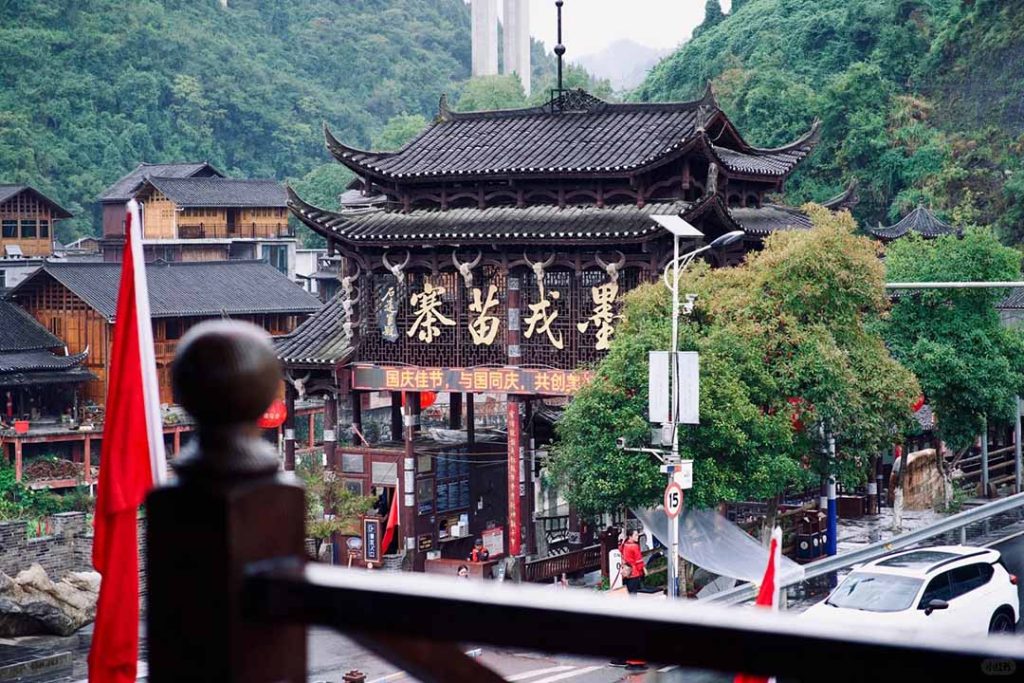
- Furong Town, Western Hunan: A thousand-year-old town
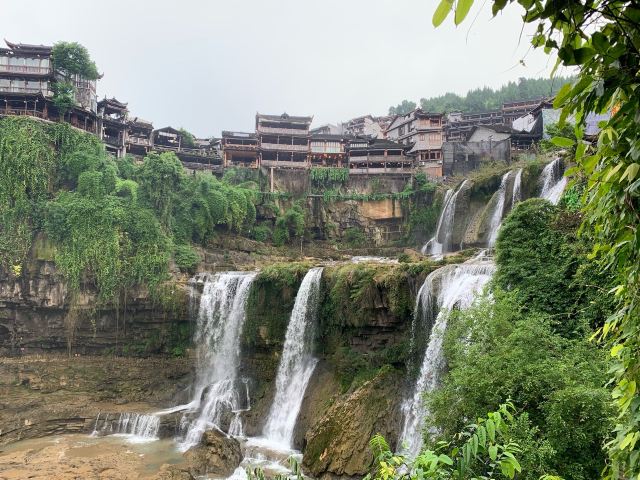
- Ai’zhai Bridge : A Majestic Miracle on the Western Hunan
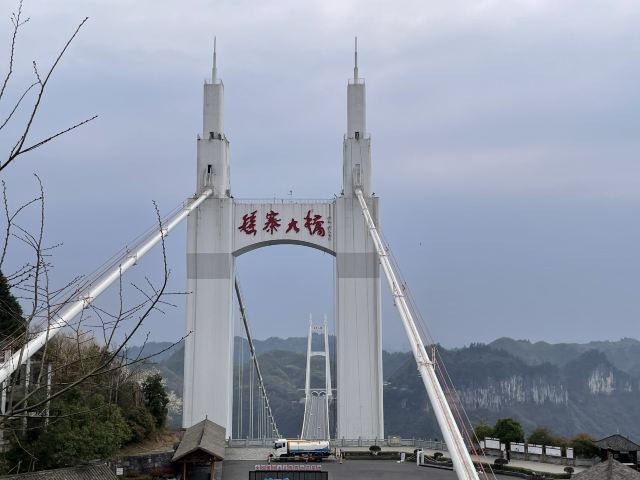
- Dehang Grand Canyon
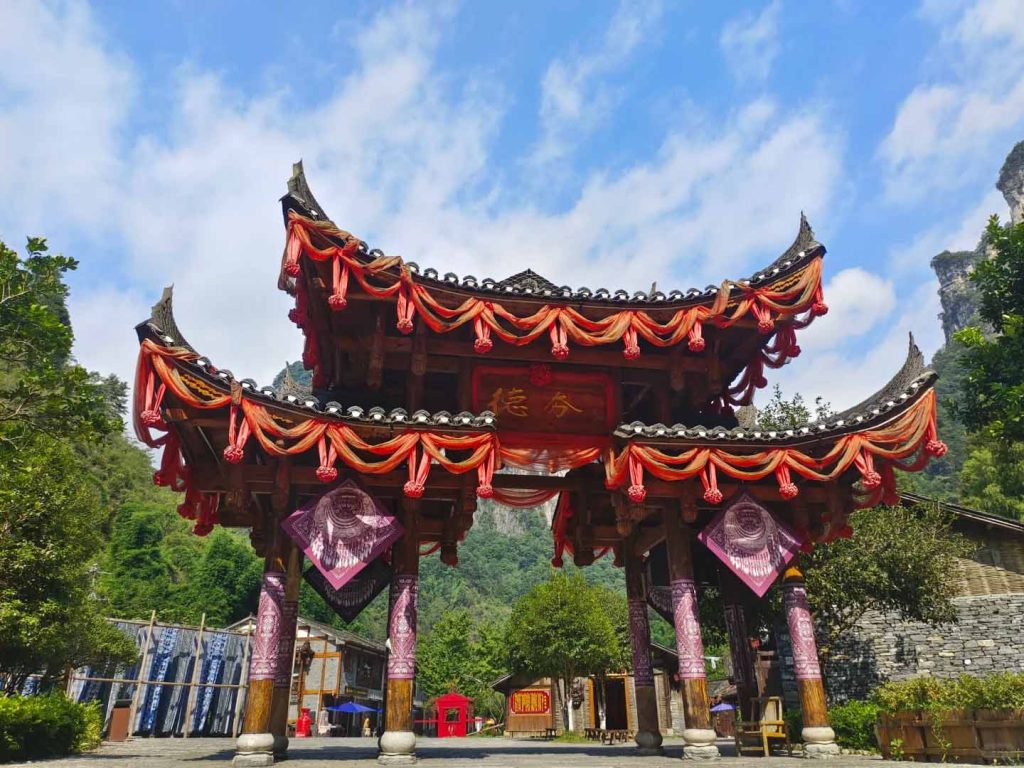
- Xiangxi Hongshilin National Geopark

- Phoenix Maglev Sightseeing Express
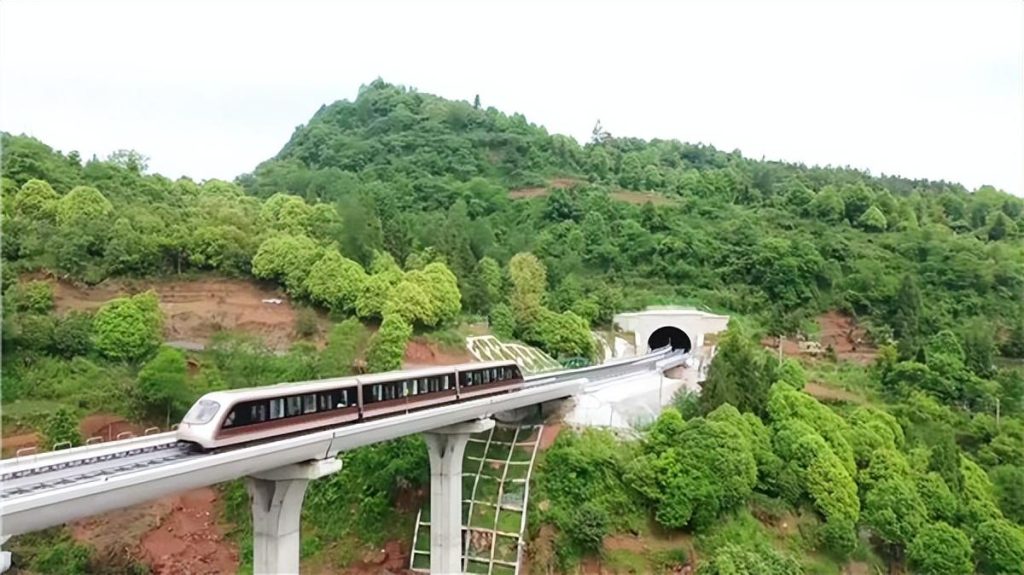
Curated Itinerary Routes
- 8-Day Tour of Chadong Ancient Town, Fenghuang & Zhangjiajie
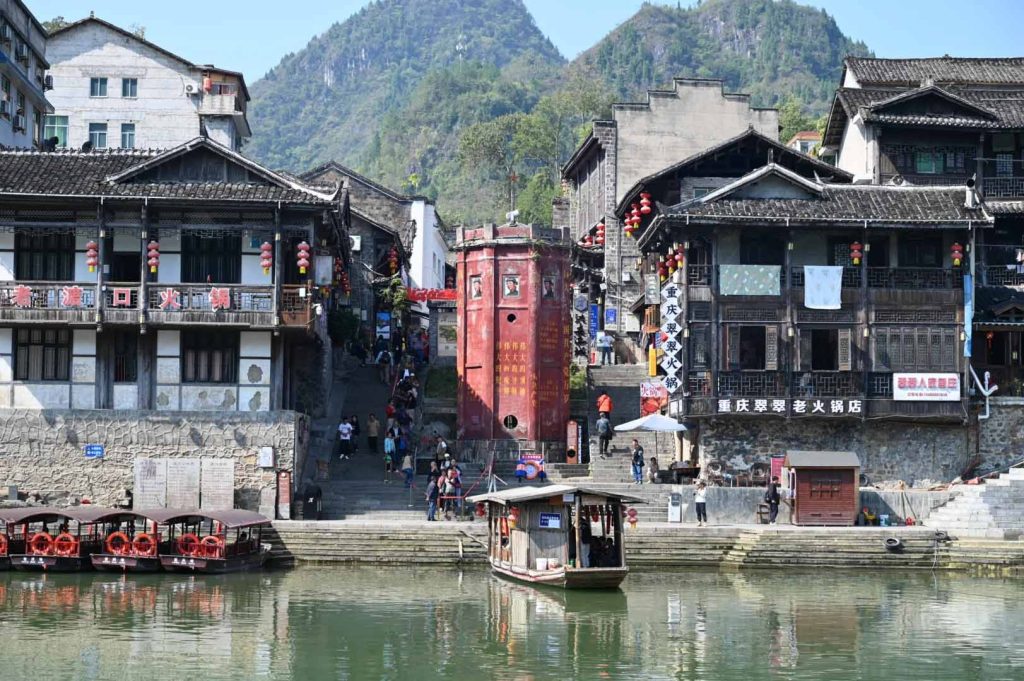
- Perfect counterattack strategy for 5 days and 4 nights in Western Hunan | Fenghuang Ancient City starts a dream journey
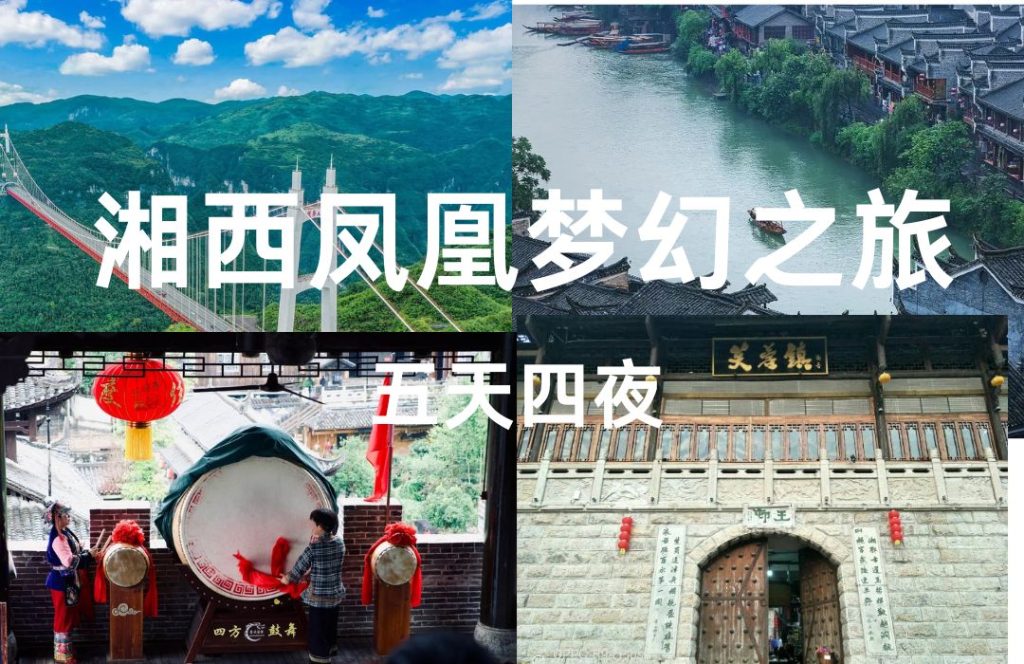
- Changsha Zhangjiajie Fenghuang Ancient Town Seven-Day Tour Guide: A fantasy Journey through the style of Hunan
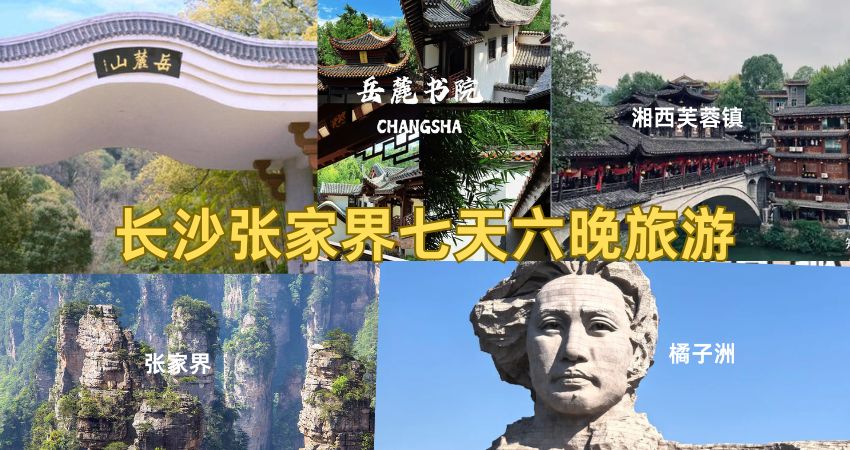
- Zhangjiajie five-day and four-night in-depth tour: exploring the forest park, strolling the Golden Whip Stream, conquering Tianmen Mountain, and encountering the ancient City of Fenghuang
